Guinea pigs, with their adorable antics and expressive personalities, often leave us mesmerized by the nuances of their actions. Join us as we uncover the mysteries behind common behaviors such as popcorning, wheeking, and rumblestrutting, and gain insights into understanding guinea pig body language and vocalizations.
1. Popcorning: The Joyous Dance of Guinea Pigs
Have you ever witnessed your guinea pig suddenly springing into the air with unbridled enthusiasm? This delightful behavior, known as popcorning, is a sure sign of happiness and contentment. Explore the reasons behind popcorning, its frequency, and what it signifies about your guinea pig's mood and well-being.
2. Wheeking: The Siren Call of Guinea Pig Communication
Wheeking, that unmistakable high-pitched sound, is a common form of communication among guinea pigs. But what exactly are they trying to convey? Discover the various contexts in which guinea pigs wheek, from expressing excitement during mealtime to seeking attention and companionship. Learn to distinguish between different types of wheeks and respond to your guinea pig's vocalizations with empathy and understanding.
3. Rumblestrutting: The Assertive Display of Dominance
When guinea pigs engage in rumblestrutting, they're not just walking – they're making a statement. Explore the fascinating world of dominance behavior in guinea pigs and how rumblestrutting plays a role in establishing hierarchy within their social groups. Understand the subtle cues and postures associated with rumblestrutting, and learn how to manage conflicts and maintain harmony among your guinea pigs.
4. Reading Between the Squeaks: Deciphering Guinea Pig Vocalizations
Guinea pigs may not speak our language, but they certainly have a lot to say! From chirps and purrs to chatters and teeth chattering, guinea pigs use a diverse range of vocalizations to express themselves. Dive into the meanings behind these vocal cues, decoding the messages they convey about hunger, fear, discomfort, and affection. Gain insights into interpreting your guinea pig's vocalizations and responding appropriately to their needs.
5. Body Language 101: Understanding Non-Verbal Cues
While guinea pigs may not talk, their bodies are constantly communicating volumes. Explore the subtle nuances of guinea pig body language, from ear positioning and whisker movements to posture and grooming behaviors. Learn to recognize signs of relaxation, curiosity, fear, and aggression, allowing you to build trust and deepen your bond with your guinea pigs.
____________
Comprendre le Comportement et le Langage Corporel des Cochons d'Inde
Les cochons d'Inde, avec leurs mimiques adorables et leurs personnalités expressives, nous laissent souvent fascinés par les nuances de leurs actions. Rejoignez-nous alors que nous dévoilons les mystères derrière les comportements courants tels que le saut de joie, le "wheeking", et le "rumblestrutting", tout en vous donnant des clés pour comprendre le langage corporel et les vocalisations des cochons d'Inde.
1. Le Saut de Joie : La Danse Joyeuse des Cochons d'Inde
Avez-vous déjà été témoin de votre cochon d'Inde bondissant soudainement dans les airs avec un enthousiasme débordant ? Ce comportement délicieux, connu sous le nom de saut de joie, est un signe certain de bonheur et de contentement. Explorez les raisons derrière le saut de joie, sa fréquence, et ce qu'il signifie concernant l'humeur et le bien-être de votre cochon d'Inde.
2. Le "Wheeking" : L'Appel Sirene de la Communication des Cochons d'Inde
Le "wheeking", ce son aigu inoubliable, est une forme courante de communication chez les cochons d'Inde. Mais que cherchent-ils exactement à communiquer ? Découvrez les différents contextes dans lesquels les cochons d'Inde wheekent, de l'expression de l'excitation pendant le repas à la recherche d'attention et de compagnie. Apprenez à distinguer entre les différents types de wheeks et à répondre aux vocalisations de votre cochon d'Inde avec empathie et compréhension.
3. Le "Rumblestrutting" : La Démonstration de Domination Assurée
Lorsque les cochons d'Inde se livrent au "rumblestrutting", ils ne font pas que marcher - ils affirment leur présence. Explorez le monde fascinant du comportement de dominance chez les cochons d'Inde et comment le "rumblestrutting" joue un rôle dans l'établissement de la hiérarchie au sein de leurs groupes sociaux. Comprenez les signaux subtils et les postures associées au "rumblestrutting", et apprenez à gérer les conflits et à maintenir l'harmonie parmi vos cochons d'Inde.
4. Lire entre les Squeaks : Décoder les Vocalisations des Cochons d'Inde
Les cochons d'Inde ne parlent peut-être pas notre langue, mais ils ont certainement beaucoup à dire ! Des gazouillis et des ronronnements aux claquements et aux grincements de dents, les cochons d'Inde utilisent une gamme diversifiée de vocalisations pour s'exprimer. Plongez dans les significations derrière ces indices vocaux, décryptant les messages qu'ils transmettent sur la faim, la peur, l'inconfort, et l'affection. Acquérez des connaissances pour interpréter les vocalisations de votre cochon d'Inde et y répondre de manière appropriée à leurs besoins.
5. Langage Corporel 101 : Comprendre les Indices Non-Verbaux
Bien que les cochons d'Inde ne parlent pas, leurs corps communiquent constamment. Explorez les subtilités du langage corporel des cochons d'Inde, des positions des oreilles et des mouvements des vibrisses à la posture et aux comportements de toilettage. Apprenez à reconnaître les signes de relaxation, de curiosité, de peur et d'agression, vous permettant de construire la confiance et d'approfondir votre lien avec vos cochons d'Inde.
